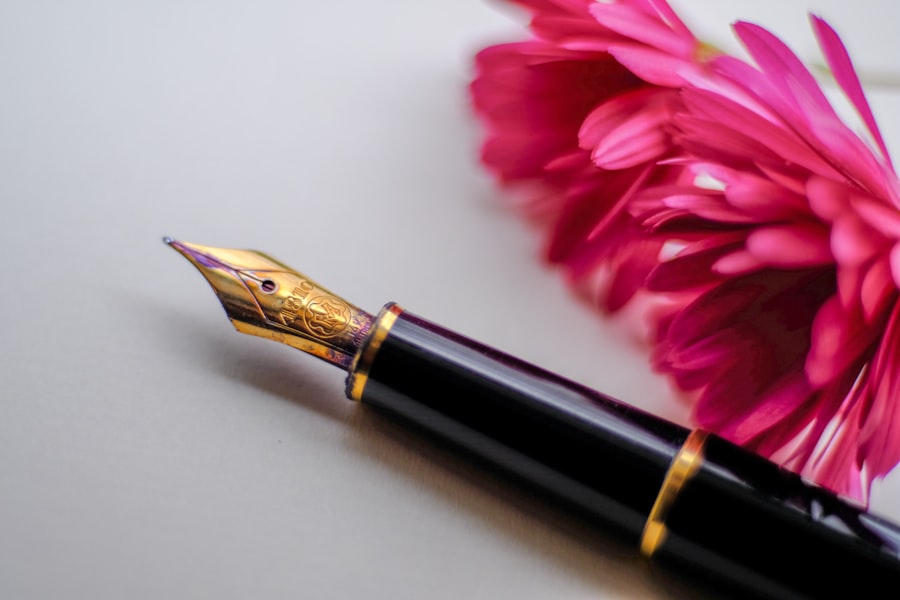Quail breeding is a rewarding and enjoyable hobby for many people. Quails are small, ground-dwelling birds that are known for their delicious eggs and meat. They are relatively easy to care for and can be bred in a small space, making them an ideal choice for backyard breeders. Before starting a quail breeding project, it is important to understand the basics of quail breeding. Quails are social birds and should be kept in groups of at least three to five birds. They are also prolific layers, with some breeds laying up to 300 eggs per year. Quails reach sexual maturity at around 6-8 weeks of age, and they can start laying eggs shortly after that. It is important to provide them with a suitable breeding environment to encourage successful breeding and egg production.
Quails are generally hardy birds, but they do require some specific care and attention. They need a balanced diet that includes a high-quality game bird feed, as well as access to fresh water at all times. Quails also need a safe and secure housing environment to protect them from predators and the elements. When breeding quails, it is important to monitor their health and behavior regularly to ensure they are thriving. Understanding the basics of quail breeding is essential for anyone considering starting a quail breeding project, as it will help ensure the health and well-being of the birds and the success of the breeding program.
Table of Contents
- 1 Building a DIY Quail Breeding Pen
- 2 Selecting the Right Materials for Your Quail Breeding Pen
- 3 Setting Up the Quail Breeding Environment
- 4 Maintaining and Cleaning the Quail Breeding Pen
- 5 Monitoring the Breeding Process
- 6 Caring for the Quail Chicks
- 7 FAQs
- 7.1 What is a DIY quail breeding pen?
- 7.2 What are the benefits of using a DIY quail breeding pen?
- 7.3 What materials are commonly used to build a DIY quail breeding pen?
- 7.4 What are the key considerations when building a DIY quail breeding pen?
- 7.5 Are there any specific design tips for building a DIY quail breeding pen?
Key Takeaways
- Quail breeding requires understanding the basics of quail behavior, mating, and egg laying
- Building a DIY quail breeding pen involves creating a secure and comfortable environment for the quails
- Selecting the right materials for the quail breeding pen is crucial for the health and safety of the quails
- Setting up the quail breeding environment involves providing proper lighting, temperature, and nesting areas
- Maintaining and cleaning the quail breeding pen is essential for preventing disease and ensuring the quails’ well-being
- Monitoring the breeding process includes keeping track of egg laying, incubation, and hatching
- Caring for the quail chicks involves providing proper nutrition, warmth, and protection from predators
Building a DIY Quail Breeding Pen
Building a DIY quail breeding pen is a cost-effective and rewarding way to create a suitable environment for breeding quails. There are many different designs and styles of quail breeding pens, but a simple and effective option is to build a wooden frame with wire mesh sides and a solid roof. The size of the pen will depend on the number of quails you plan to breed, but as a general rule, each quail should have at least 1 square foot of space. The pen should also have a secure door for easy access and cleaning. When building a DIY quail breeding pen, it is important to consider the materials you will use, as well as the location of the pen.
Selecting the Right Materials for Your Quail Breeding Pen
When building a DIY quail breeding pen, it is important to select the right materials to ensure the safety and comfort of the quails. The frame of the pen can be constructed from wood, such as cedar or pine, which is durable and weather-resistant. The sides of the pen should be made from wire mesh with small openings to prevent predators from entering the pen. The roof of the pen can be made from plywood or corrugated plastic to provide protection from the elements. It is important to use non-toxic materials in the construction of the pen to ensure the health of the quails. Additionally, the pen should be placed in a location that provides shade and protection from extreme weather conditions.
Setting Up the Quail Breeding Environment
Once the DIY quail breeding pen is constructed, it is important to set up the breeding environment to encourage successful breeding and egg production. The pen should be filled with clean bedding material, such as straw or wood shavings, to provide a comfortable and hygienic environment for the quails. It is also important to provide nesting boxes or areas where the quails can lay their eggs in privacy. The pen should be equipped with feeders and waterers that are easily accessible to the quails at all times. It is important to monitor the temperature and humidity levels in the pen to ensure they are within the optimal range for breeding quails.
Maintaining and Cleaning the Quail Breeding Pen
Maintaining and cleaning the quail breeding pen is essential for the health and well-being of the quails. The pen should be cleaned regularly to remove droppings and soiled bedding material. It is important to replace the bedding material as needed to keep the pen clean and hygienic. The feeders and waterers should also be cleaned regularly to prevent contamination and ensure the quails have access to fresh food and water at all times. Additionally, it is important to inspect the pen for any signs of damage or wear and tear, and make any necessary repairs to ensure the safety and security of the quails.
Monitoring the Breeding Process

Monitoring the breeding process is an important part of quail breeding. It is important to keep track of when each quail starts laying eggs, as well as how many eggs they lay each day. This information can help you identify any issues with egg production and take steps to address them. It is also important to monitor the behavior and health of the quails regularly to ensure they are thriving in their breeding environment. Keeping detailed records of the breeding process can help you identify patterns and make informed decisions about how to improve your breeding program.
Caring for the Quail Chicks
Once the quail chicks hatch, it is important to provide them with proper care and attention to ensure they thrive. The chicks should be kept in a warm and draft-free environment with access to fresh water and high-quality chick starter feed. It is important to monitor their health and behavior closely in the first few weeks of life, as they are vulnerable to disease and other health issues. As they grow, they will need more space and access to outdoor areas where they can forage for food and exercise. Providing proper care for the quail chicks is essential for their health and well-being, as well as for the success of your quail breeding program.
In conclusion, quail breeding can be a rewarding and enjoyable hobby for anyone interested in raising these small, ground-dwelling birds. Understanding the basics of quail breeding, building a DIY quail breeding pen, selecting the right materials, setting up the breeding environment, maintaining and cleaning the pen, monitoring the breeding process, and caring for the quail chicks are all essential aspects of successful quail breeding. With proper care and attention, you can create a suitable environment for your quails to thrive and produce delicious eggs for you and your family to enjoy.
If you’re considering building a DIY quail breeding pen, you might also be interested in learning about the optimal chicken coop door size. Understanding the importance of the right door size can enhance the functionality and security of your coop. Check out this informative article on poultrywizard.com to ensure that your chicken coop is equipped with the right door dimensions for your flock’s needs.
FAQs
What is a DIY quail breeding pen?
A DIY quail breeding pen is a homemade enclosure designed to house and breed quails. It is typically constructed using simple materials and can be customized to fit the specific needs of the quails being bred.
What are the benefits of using a DIY quail breeding pen?
Using a DIY quail breeding pen allows for greater control over the breeding environment, including temperature, lighting, and nesting areas. It also provides a cost-effective way to breed quails for eggs or meat.
What materials are commonly used to build a DIY quail breeding pen?
Common materials used to build a DIY quail breeding pen include wire mesh, wood, PVC piping, and hardware cloth. These materials are relatively inexpensive and easy to work with.
What are the key considerations when building a DIY quail breeding pen?
Key considerations when building a DIY quail breeding pen include providing adequate space for the quails, ensuring proper ventilation, and creating a secure enclosure to protect the quails from predators.
Are there any specific design tips for building a DIY quail breeding pen?
When designing a DIY quail breeding pen, it is important to include separate areas for nesting, feeding, and watering. Additionally, providing access to natural light and ensuring easy access for cleaning and maintenance are important design considerations.
Meet Walter, the feathered-friend fanatic of Florida! Nestled in the sunshine state, Walter struts through life with his feathered companions, clucking his way to happiness. With a coop that’s fancier than a five-star hotel, he’s the Don Juan of the chicken world. When he’s not teaching his hens to do the cha-cha, you’ll find him in a heated debate with his prized rooster, Sir Clucks-a-Lot. Walter’s poultry passion is no yolk; he’s the sunny-side-up guy you never knew you needed in your flock of friends!







